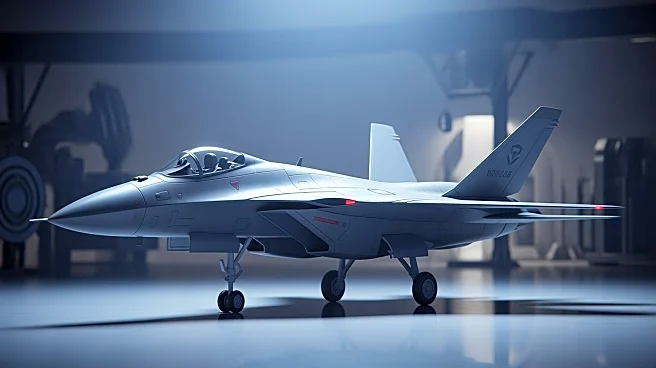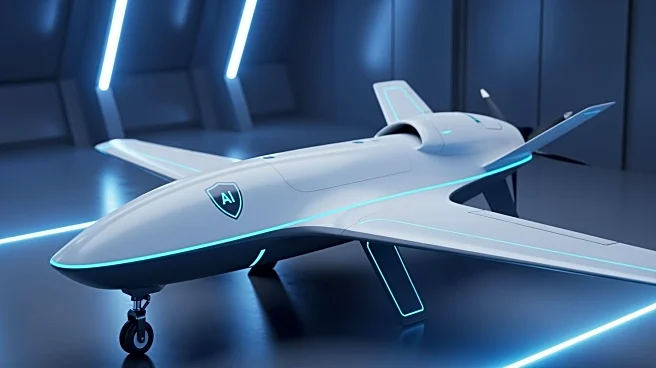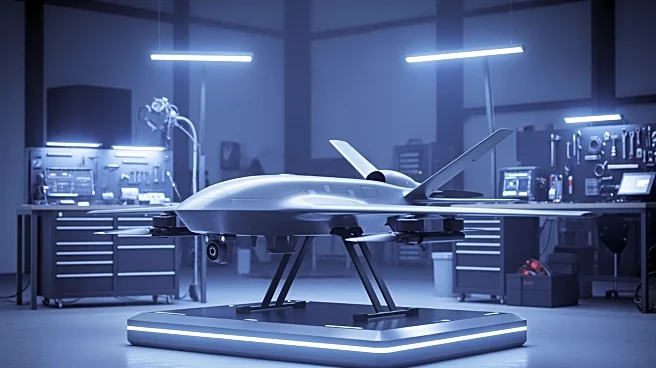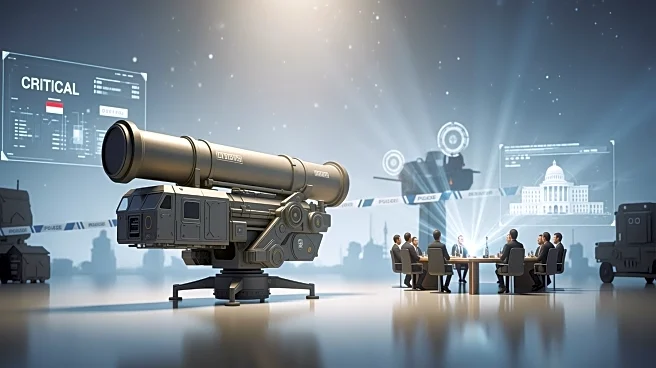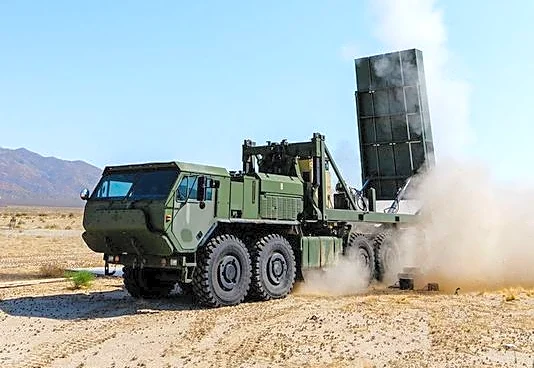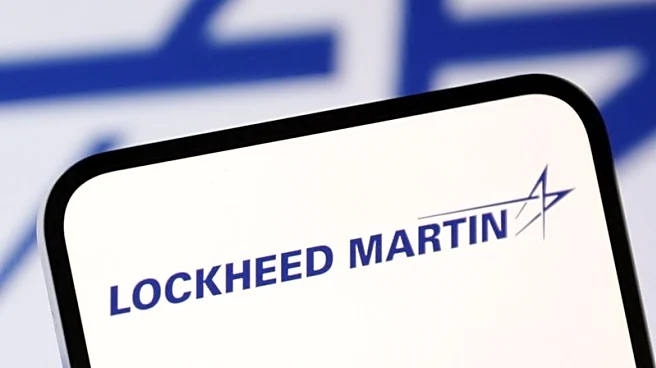What's Happening?
Defense firms in the United States are increasingly investing in self-funded prototypes to meet the growing demand for advanced military technologies. Lockheed Martin is focusing on developing space-based interceptors as part of its research and development
strategy. The company aims to demonstrate operational prototypes that can be produced at scale, with plans for a real on-orbit demonstration by 2028. Apex, a manufacturing startup, is also launching a prototype platform for space-based interceptors, known as an orbital magazine, which will deploy multiple prototype missile interceptors in orbit. This initiative is part of a broader trend where defense companies are accelerating research and development independently to bring solutions to market faster, especially as international sales grow.
Why It's Important?
The shift towards self-funded prototypes by defense firms highlights the urgency to develop advanced military technologies amid evolving threats. This approach allows companies to bypass traditional government funding processes, which can be slow and bureaucratic. By investing in prototypes, firms can demonstrate capabilities directly to military operators, potentially speeding up the adoption of new technologies. This trend is significant as it aligns with the Pentagon's increased research and development funding, aiming to fill gaps in defense capabilities. The focus on space-based interceptors is particularly crucial as it addresses the need for enhanced missile defense systems, which are vital for national security.
What's Next?
As defense firms continue to develop and demonstrate prototypes, there may be increased collaboration with the Pentagon to integrate these technologies into official programs. The success of these initiatives could lead to faster procurement processes and the deployment of advanced defense systems. Companies like Apex are taking bold steps by self-funding research and development, which could set a precedent for other firms in the industry. The growing international interest in these technologies suggests potential expansion in global markets, further driving demand for innovative defense solutions.
Beyond the Headlines
The move towards self-funded prototypes raises questions about the traditional defense procurement process and its ability to keep pace with technological advancements. This approach may challenge existing norms and encourage more agile and responsive development strategies. Additionally, the focus on space-based interceptors reflects a broader shift towards space as a critical domain for defense operations, highlighting the need for robust capabilities to protect national interests in this arena.


